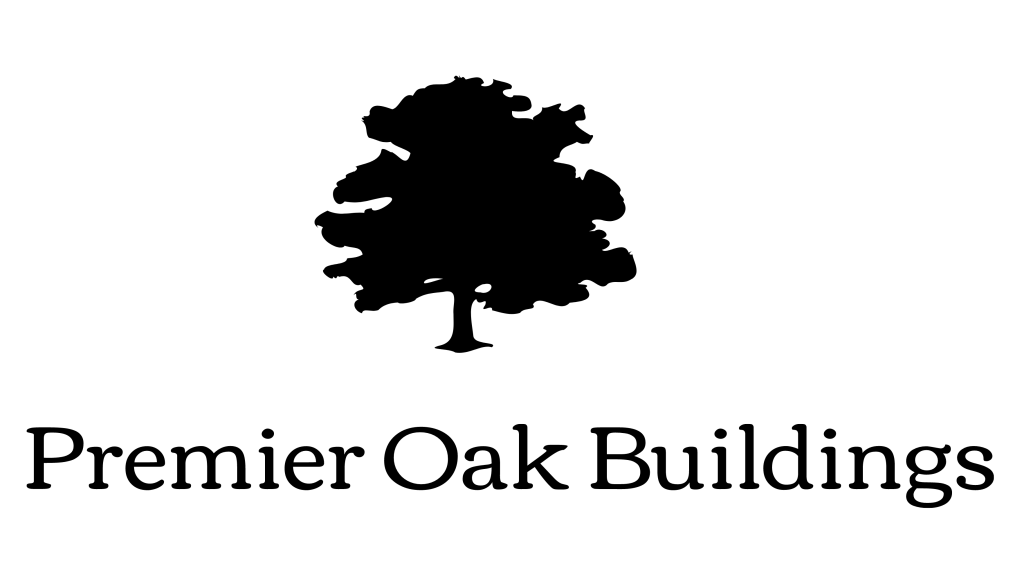There are several vital steps that need to be taken to plan a custom build project. From designing to budgeting to building; we’re here to help you throughout the entire process!
The first thing you need to establish before starting a custom build project is why you want it; from accommodating ageing parents through to allowing for an expanding family, or even downsizing when the children move away. A home that’s flexibly designed may incorporate a study or snug to later be converted to an accessible ground floor bedroom, or be carefully designed to allow for an extension in future years. Small changes at the planning stage can reduce the need for expensive or difficult changes further down the line.
Once you have a reason and vision, you will need an architect or designer along with an engineer. At this point it is important to choose wisely. Look for an architect who has experience in designing oak timber frames, don’t be afraid to ask for references or details of previous successful projects. If your architect knows how to build with oak timber frames, then they will no doubt be using engineers who are also accomplished in this field. We can help you find the best architect for you by putting you in contact with one of our many contacts.
Researching and understanding is important, as complexity is one of the biggest factors affecting build costs. The more corners there are in a project, the bigger the price tag. You can read more about budgeting for your custom build project here. When planning your custom build home and to minimise extra costs, consider that oak framed homes allow for a flexible and open-plan internal layout, offering a great option for accessibility over time. By working with an experienced designer on the positioning of the oak posts and features, you can create a sense of defined spaces or zones that are interlinked, without feeling too open and exposed. The frame and beams therefore retain visual separation, without the need for formal walls that would interrupt the flow of movement and natural light. Oak homes are designed in bays that can be either left open or enclosed using wall partitions. Perhaps in the future you’ll want a spacious open-plan layout to aid mobility, for instance. Building with oak can make this more straightforward than methods that rely on load-bearing partitions.
Creating a home for life isn’t just about practical access arrangements. It’s worth considering the ongoing cost to power your house’s heating and lighting, too, as it’s likely that energy prices will only increase in the future. Having a structural oak frame inside the envelope of the building allows the designer to focus on using the external walls and roof to provide excellent thermal insulation and airtightness performance, uninterrupted by primary structural considerations. At Premier Oak we design, build and construct your encapsulation system. Throughout the design process, we use the same innovative software employed to design your oak frame as your insulated closed-panel encapsulation system. Our system has been designed to achieve high levels of insulation and airtightness, which will reduce the energy consumption of your home and lowering heating costs; which is essential in the current energy climate! Factors such as the orientation of the building and the position (and installed performance) of glazing are vital, too, so be sure to work with an experienced team who can get the right results both in terms of the design and build.
Knowing the stresses and strains that oak can accommodate and understanding the movement within a frame are just as important as visualising the finished product and understanding that less, is sometimes more. Some rooms may be filled with intricate trusses and additional joints to show off the artisanship and skills of the carpenters, while others may have high vaulted roofs with large oak beams conveying both stature and elegance. Whichever style or design you choose you will need a structural engineer to ‘sign off’ your designs to ensure that the timbers and joints are of sufficient strength to carry the loads placed upon them.
For more information on planning your custom build home or to get the ball rolling, please get in touch with us – we’d love to hear from you!

